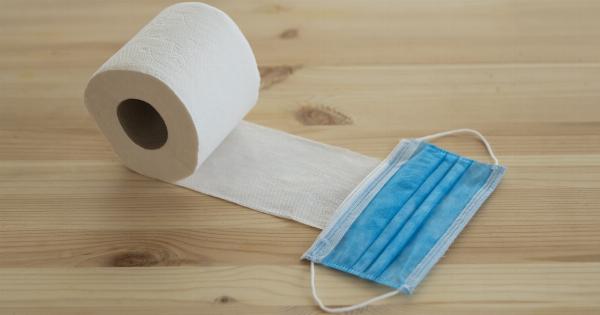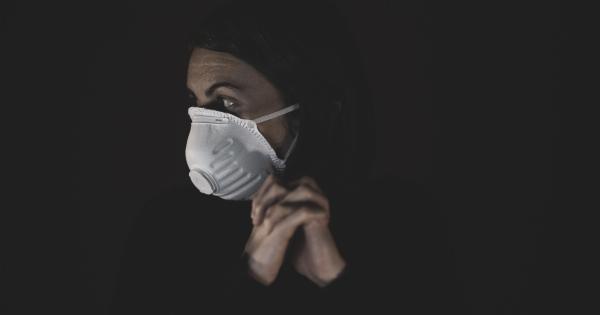When your child has a fever, it can be a stressful and worrying time. It’s important to remember that fever is a natural response to infection or illness and can actually help the body fight off the infection.
However, there are some common mistakes that parents can make when trying to care for a child with a fever. In this article, we’ll discuss how to avoid these mistakes and keep your child comfortable and safe.
Understand the Causes of Fever
Fever is usually caused by an infection, such as a cold, flu, or ear infection. Other illnesses or conditions, such as teething, can also cause a fever. It’s important to understand the cause of your child’s fever before treating it.
If your child has a fever that’s lasted more than a few days or if they have other symptoms such as a rash or difficulty breathing, see a doctor immediately.
Don’t Overmedicate
One of the most common mistakes parents make when their child has a fever is overmedicating. While it’s important to relieve your child’s symptoms and make them more comfortable, giving them too much medication can be harmful.
Follow the instructions on the medicine label carefully and use the recommended dosage. If you’re not sure how much to give your child, ask your doctor or pharmacist.
Use the Right Type of Medicine
Not all fevers require medication, but if your child’s fever is causing discomfort or is higher than 102°F, you may want to give them acetaminophen (Tylenol) or ibuprofen (Advil or Motrin).
Acetaminophen can be given to children as young as 2 months old, while ibuprofen can be given to children older than 6 months. Always consult with your doctor before giving your child any medication.
Monitor Your Child’s Temperature
It’s important to monitor your child’s temperature regularly while they have a fever. Use a digital thermometer to take their temperature every few hours.
If your child’s fever is higher than 102°F, it’s important to help bring it down. Try giving them a lukewarm bath or placing a cool, damp washcloth on their forehead. Make sure they drink plenty of fluids to prevent dehydration.
Keep Your Child Comfortable
Fevers can make your child feel uncomfortable and restless. Make sure they get plenty of rest and keep them comfortable by dressing them in light, comfortable clothing. Keep their room cool and dimly lit to help them sleep.
Offer them fluids regularly, such as water, clear juices, or soup, to keep them hydrated.
Know When to Seek Medical Attention
While most fevers can be treated at home, there are times when you should seek medical attention.
If your child’s fever is accompanied by a stiff neck, severe headache, sensitivity to light, difficulty breathing, or a rash, it’s important to see a doctor immediately. If your child is less than 3 months old and has a fever of 100.4°F or higher, call their doctor right away.
Don’t Panic
Fever is a natural response to infection or illness. While it can be scary to see your child uncomfortable and sick, it’s important to remember that most fevers are harmless and will go away on their own.
Stay calm and follow the steps we’ve discussed to keep your child comfortable and safe.
Conclusion
When your child has a fever, it’s important to know how to care for them properly. By avoiding common mistakes like overmedicating, monitoring their temperature, and keeping them comfortable, you can help your child recover quickly and safely.
Remember to seek medical attention if your child’s fever is accompanied by other symptoms or if you’re unsure how to treat them. Stay calm and trust that your child’s body is doing its job to fight off the infection.





























